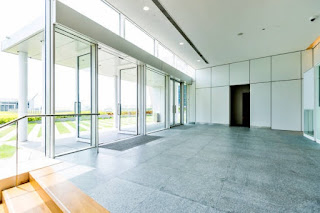Understanding the Roofing Process
Roof Inspection:
Before any roofing project begins, a comprehensive inspection is carried out. This involves a professional roofer or contractor assessing the condition of the existing roof. They look for signs of damage, wear and tear, leaks, and structural issues. This step is essential to determine the scope of the project and plan for necessary repairs or replacements.
Removal of Old Roofing:
In cases of roof replacement, the removal of the old roofing material is a critical step. This often starts with removing the shingles or other surface materials. The old roofing is carefully stripped away to expose the roof deck. Special care is taken to ensure that underlying structures, such as flashing and vents, are not damaged during this process. The removed materials are disposed of properly, usually in a designated waste disposal container.
Roof Deck Inspection and Repairs:
The roof deck, which is the structural base of the roof, is inspected for any issues that may compromise the new roofing system's integrity. Common problems include wood rot, water damage, or structural weaknesses. Any identified problems are repaired, which may involve replacing damaged sections of the roof deck. Ensuring a solid and sound deck is crucial to the success of the roofing project.
Underlayment Installation:
After the roof deck is in good condition, an underlayment is installed. This underlayment serves as an additional layer of protection between the deck and the final roofing material. It helps to prevent moisture from infiltrating the roof system and is an essential component of waterproofing.
Roofing Material Installation:
Once the underlayment is in place, the primary roofing material is installed. The choice of material can vary widely, including asphalt shingles, wood shingles, metal panels, or other options. Proper installation techniques are followed to ensure the material is secured according to manufacturer specifications and local building codes. This step also includes the layout of the roofing company material and any necessary cuttings to fit around roof openings.
Flashing and Ventilation:
Flashing is a crucial component that prevents water from penetrating roof openings and vulnerable areas, such as chimneys, vent pipes, or skylights. It is installed around these features to create a waterproof barrier. Proper roof ventilation is also addressed to manage temperature and moisture within the attic and roof space. Roof vents, ridge vents, soffit vents, or other types of ventilation are installed as needed.
Cleanup and Inspection:
Once the roofing material is fully installed, a thorough cleanup is performed. This includes the removal of debris, leftover roofing material scraps, and any tools or equipment used during the installation. The area is cleaned and inspected to ensure that no details are overlooked. A final inspection is conducted to confirm that all work has been completed according to industry standards and local building codes.
Throughout the roofing process, safety measures are a priority, and the project should adhere to all relevant safety regulations. Quality workmanship, the use of high-quality materials, and adherence to local building codes are all essential to ensure a successful and long-lasting roof installation. It's often recommended to hire experienced roofing professionals to handle these complex and critical tasks.




Comments
Post a Comment